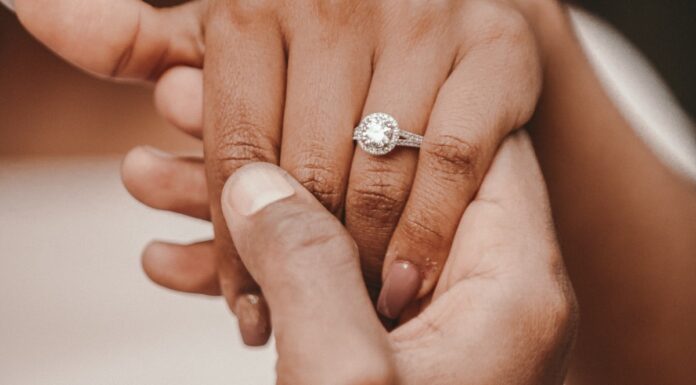The 1800s were a remarkable time for the British aristocracy, particularly in the realm of romantic engagement rings UK. As society evolved, so did the ideals of love and marriage, and the aristocracy played a pivotal role in shaping these sentiments. Engagement rings during this period were not just symbols of commitment but also reflections of social status, craftsmanship, and the romantic ideals of the time. The choices made by the elite set trends that influenced jewelry design for generations to come.
At the turn of the century, the Regency period was characterized by elegant simplicity and classical inspiration. Engagement rings of this era often featured clean lines and minimalistic designs, typically crafted from gold or silver. However, as the Victorian era began in 1837, a significant shift occurred in the aesthetic of engagement rings. The influence of Queen Victoria, particularly following her engagement to Prince Albert, ushered in a new era of ornate and romantic designs that would capture the hearts of the aristocracy.
Queen Victoria’s choice of an emerald and diamond ring marked a departure from the prevailing trends, sparking a fascination with colored gemstones. Aristocratic couples began to embrace a broader palette of stones, including sapphires, rubies, and garnets, each selected for their symbolic meanings. Sapphires, for instance, represented loyalty and fidelity, while rubies symbolized passion and love. This shift allowed engagement rings to become deeply personal artifacts, imbued with meaning that resonated with the couple’s relationship.
The craftsmanship of engagement rings during the 1800s was remarkable. Skilled jewelers employed intricate techniques, resulting in designs that showcased not only the beauty of the stones but also the artistry of the setting. Filigree work, which involved delicate metal filaments twisted into intricate patterns, became a hallmark of aristocratic rings. Additionally, the use of elaborate settings, such as cluster rings, allowed for the dazzling display of multiple stones, making the rings a focal point of admiration.
Sentimentality played a crucial role in the design of engagement rings. Aristocratic families often passed down heirloom pieces, each with its own history and emotional significance. Many rings were personalized with engravings, such as initials or meaningful dates, transforming them into cherished keepsakes. This practice not only highlighted the couple’s unique bond but also emphasized the importance of legacy within aristocratic families. Engagement rings became more than mere tokens; they represented enduring love stories that would be remembered through generations.
Floral motifs were another prominent design element during this period. Many engagement rings featured delicate engravings of flowers and vines, symbolizing growth and the blossoming of love. This connection to nature reflected the Romantic movement of the time, which celebrated beauty, emotion, and individual experience. Such designs often incorporated gems that complemented the floral themes, further enhancing the romantic appeal of the rings.
The influence of literature and art also shaped the engagement ring designs of the British aristocracy. Romantic poets and novelists inspired couples to seek rings that captured the essence of their love stories. The ideal of romantic love became a central theme, prompting individuals to choose pieces that resonated with their emotional connections. Engagement rings thus evolved into not only expressions of intent but also reflections of the artistic and literary currents that characterized the age.
As the 1800s progressed, the Industrial Revolution brought about significant changes in jewelry production. While the aristocracy continued to favor bespoke pieces, advancements in manufacturing made intricate designs more accessible to a broader audience. This democratization of jewelry meant that even those outside the aristocracy could enjoy the beauty and symbolism of engagement rings, expanding the concept of romantic jewelry beyond the elite.
In conclusion, romantic engagement rings of the 1800s British aristocracy represent a rich tapestry of love, craftsmanship, and cultural influence. The transition from simple designs to ornate, meaningful pieces reflects the evolving ideals of love and marriage within society. The legacy of these engagement rings UK continues to inspire contemporary designs, reminding us that love, artistry, and personal sentiment are timeless elements in the journey of commitment. The romantic engagement rings of the 1800s not only captured the hearts of their wearers but also left an indelible mark on the world of jewelry that endures to this day.
